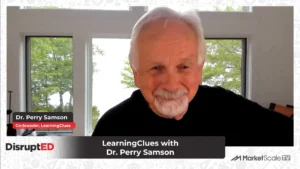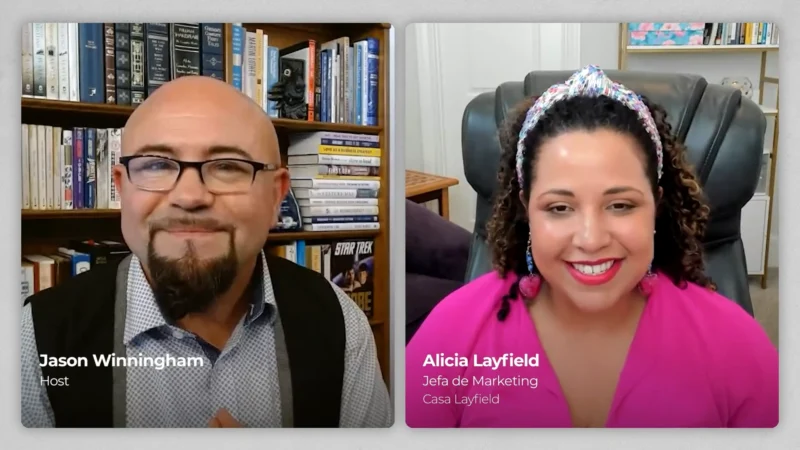To Prevent Company Security Threats, Bring More Stakeholders to the Table
Security threats are escalating in this day and age, and the onus isn’t merely on reactive measures but proactive measures, too. These are the nuanced approaches that integrate human intuition and robust technology, because often, attackers and safety risks leave warning signs preceding a major security incident. Spotting these tells requires a level of detail and open, but wide-ranging communication. However, individual departments often miss these signals.
For this reason, it is especially important to foster multidisciplinary teams that can utilize holistic strategies beyond just physical barriers and surveillance. But additionally, establishing environments where individuals can safely report concerns can boost an organization’s overall psychological safety against security threats. This is something stakeholders need to be more invested in, says Bryan Flannery. As the President of Foresight Security Consulting. he advocates for this comprehensive approach to preemptively avert security breaches. At GSX 2023 he explored how stakeholders can promote this within a company during his learning session, “Stop The Next Mass Shooter: A Workplace Violence Tabletop Exercise”.
Flannery’s Thoughts on Security Threats
Recognizing Warning Signs
“A lot of these incidents can be prevented.”
“That we see a lot of the things that are happening before they happen.”
“You know, there’s these puzzle pieces that our attackers leave leading up to an attack and that if we’re paying attention and trained and we know what we’re looking for, that we can actually recognize these things, provide resources, and stop these from happening.”
GSX Presentation
“I’m fortunate enough to be presenting tomorrow morning at GSX, and we’re gonna be presenting on a workplace violence tabletop exercise, helping people understand the nuances of behavioral threat assessment and how we work towards stopping the next mass shooter in a group setting.”
Importance of Communication
“Things that we find more often than not is that the reason these things get missed is that community organizations and private organizations aren’t communicating.”
“So our hope is that we can help break down those silos and teach how to build multidisciplinary teams that really help engage from a position of caring for their people.”
Engaging Stakeholders
“Anybody that is working the prevention of targeted violence needs to leverage all of their stakeholders.”
“HR, legal security facilities, any of the people, executive staff, any of the people and stakeholders that can speak into some of this stuff and provide the resource in an organization.”
Pathway to Wellness
“Years ago, I was fortunate enough to be on one of the preeminent multidisciplinary student threat assessment teams.”
“It helped them work towards becoming good students again, graduating and moving on with their lives because this isn’t a label.”
Creating a Safe Environment
“Oftentimes what happens, whether it’s a student in a school or an employee in an organization, they do say something that is pretty scary.”
“People start to recognize that when they’re leveraging these things and they have a place to go with reporting, They understand that that byproduct has better care and that that’s what we’re all striving for in organizations and schools and everywhere else we do this work.”
Security Evolution at GSX
“It’s such an interesting thing. Right? We’re here at GSX where you have every bit of the security industry from cameras and access control and tech to executive protection, threat assessment and threat managements, including robot dogs. Right?”
“There is no one-size-fits-all security sticker anymore. It’s not just guards and guns. It’s not just fences and lights.”
“We need to have a holistic approach to really working towards these things.”
Article written by Alexandra Simon.







